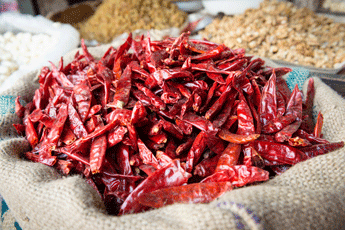Chicken curries
The allure of curried chicken is undeniable. With its rich blend of spices, tender meat, and aromatic sauce, it’s a dish that captivates food lovers around the world. Whether you’re a curry connoisseur or a curious beginner, the world of curried chicken offers endless possibilities for culinary exploration. Today, we’re diving into the delicious realm of curried chicken recipes, exploring various styles and techniques to help you create mouthwatering dishes at home.
For many home cooks, the idea of creating a perfect curry can seem daunting. The intricate balance of spices, the fear of overwhelming heat, and the quest for that restaurant-quality taste often lead to hesitation. But fear not! With the right guidance and a little practice, you’ll soon be crafting curries that rival your favourite takeout.
restaurant-quality taste often lead to hesitation. But fear not! With the right guidance and a little practice, you’ll soon be crafting curries that rival your favourite takeout.
As we journey through various curried chicken recipes, we’ll discover the unique characteristics of different curry styles. From the creamy indulgence of Chicken Tikka Masala to the fiery kick of Chicken Vindaloo, each recipe tells a story of flavours and traditions. We’ll also share personal anecdotes and cooking experiences, making this guide feel like a friendly chat with a curry-loving neighbor. So, preheat your stove, gather your spices, and let’s embark on a tasty adventure into the world of curried chicken!
What makes curried chicken truly special is its ability to adapt to various culinary traditions while maintaining its core essence. Each region has its own unique take on this beloved dish, incorporating local ingredients and cooking methods to create something truly extraordinary. From the coconut-infused curries of South India to the aromatic biryanis of the Middle East, curried chicken serves as a delicious canvas for cultural expression. By exploring these diverse recipes, you’ll not only expand your culinary repertoire but also gain a deeper appreciation for the rich tapestry of global cuisine.


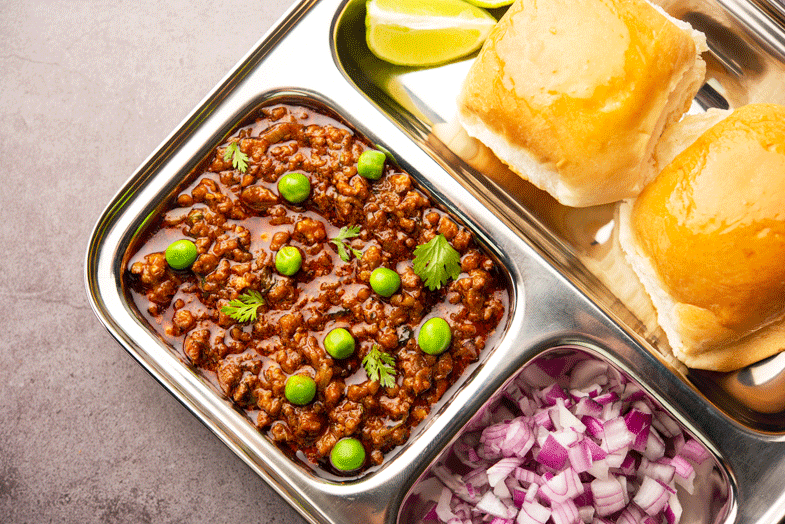 Popular street food
Popular street food
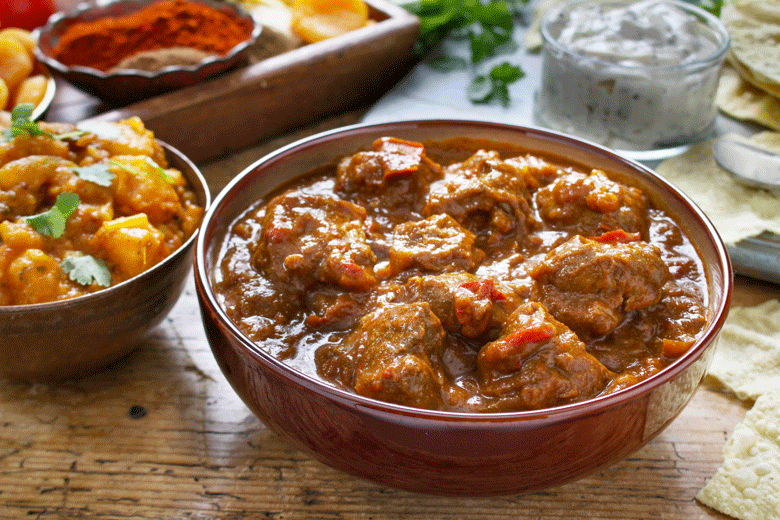
 were known for their lavish and flavourful
were known for their lavish and flavourful Creamy and rich
Creamy and rich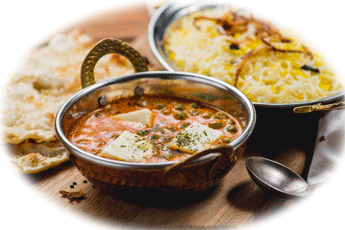

 including the Arabs, Venetians, Egyptians and the Ottomans, wanted to wrestle control of the European spice trade from Portugal. The Portuguese resisted and sent different
including the Arabs, Venetians, Egyptians and the Ottomans, wanted to wrestle control of the European spice trade from Portugal. The Portuguese resisted and sent different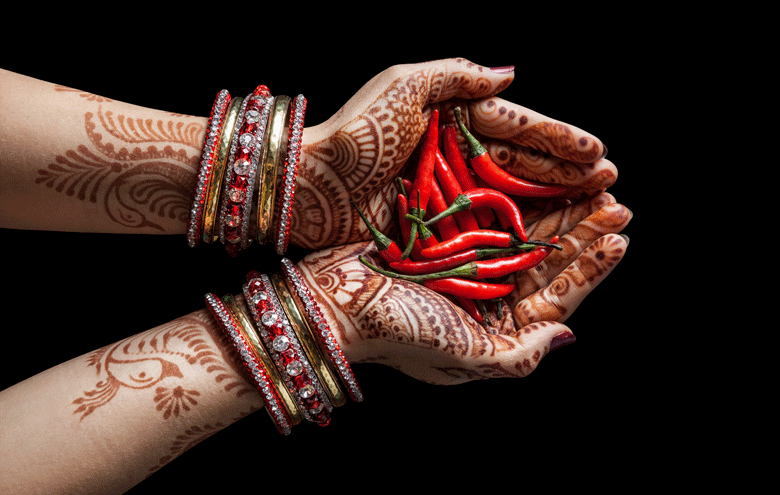 How long have Chillies been in India?
How long have Chillies been in India?